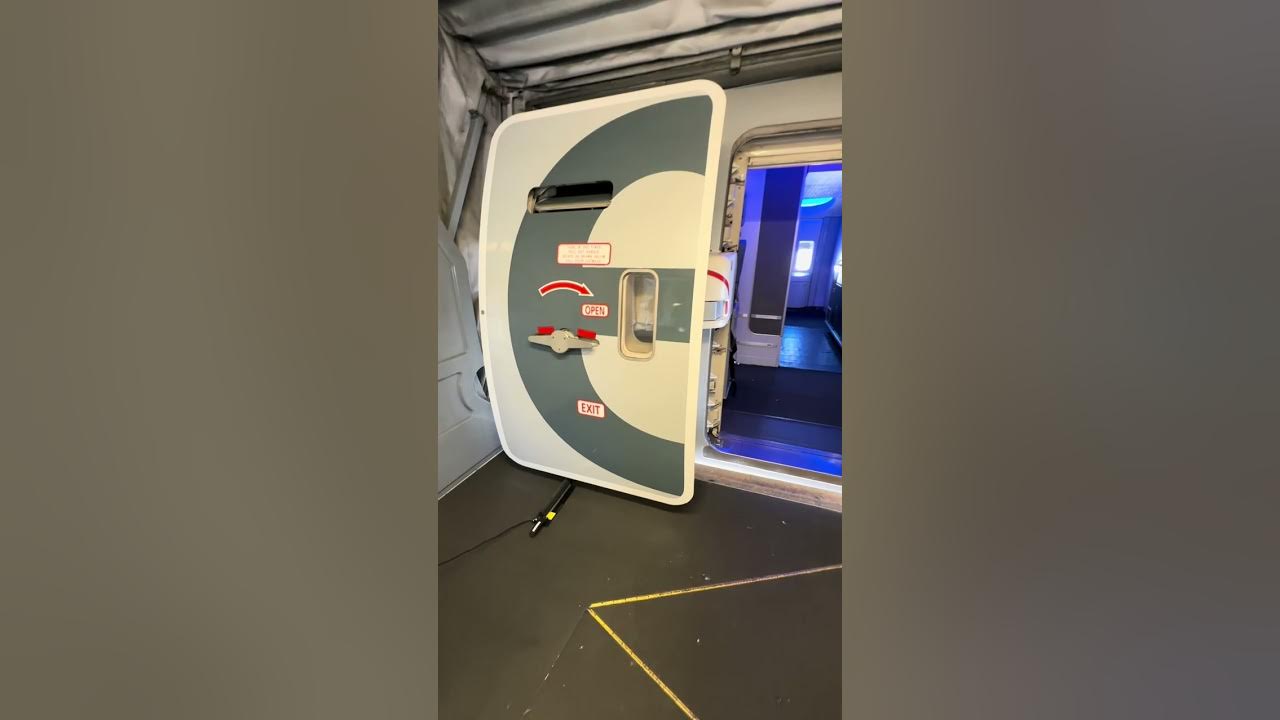737NG Bleed Air System explained | Real 737 Pilot
Summary
TLDRIn this informative video, Boeing 737 pilot Emmanuel explains the aircraft's bleed air system, detailing its operation and components. He discusses how bleed air is sourced from the engines, APU, or external air, and outlines the system's role in engine starts, air conditioning, and anti-icing. Key features include the isolation valve, which separates the bleed systems, and critical warning lights that indicate system failures. Emmanuel emphasizes the importance of understanding these procedures for effective aircraft operation, making this a valuable resource for aviation enthusiasts and aspiring pilots.
Takeaways
- 😀 The Boeing 737 bleed air system is vital for engine starting, air conditioning, and anti-icing functions.
- 😀 Bleed air can be supplied by the engine, APU, or an external air cart.
- 😀 The APU provides bleed air up to 17,000 feet without electrical load and 10,000 feet with electrical load.
- 😀 The bleed air system is separate from the pressurization and air conditioning systems but relies on them.
- 😀 Bleed air is drawn from both the fifth (low pressure) and ninth (high pressure) stages of the engine compressor.
- 😀 The isolation valve separates the left and right bleed air systems, opening automatically under certain conditions.
- 😀 Warning lights such as 'bleed trip off' and 'wing body overheat' indicate issues with the bleed air system.
- 😀 The dual bleed light illuminates when the APU bleed valve is open, potentially risking damage if not managed.
- 😀 Engine start requires a minimum duct pressure of approximately 30 psi, which can be affected by pack operation.
- 😀 A difference in duct pressure between engines is normal, but excessive discrepancies should be reported.
Q & A
What is the primary purpose of the bleed air system in the Boeing 737?
-The bleed air system is primarily used for engine starting, air conditioning, pressurization, and thermal anti-icing.
What sources can supply bleed air to the system?
-Bleed air can be supplied by the engines, the Auxiliary Power Unit (APU), or an external air cart.
What is the maximum altitude at which the APU can provide bleed air without an electrical load?
-The APU can provide bleed air up to 17,000 feet if it is not supplying electrical load.
How does the isolation valve function within the bleed air system?
-The isolation valve separates the left and right bleed air systems and is automatically opened if any engine bleeder switch or pack switch is turned off.
What pressure is required for starting the engines using bleed air?
-A minimum duct pressure of 30 psi is required to start the engines.
What do the 'bleed trip off' and 'wing body overheat' warning lights indicate?
-'Bleed trip off' indicates excessive temperature or pressure limits, leading to an automatic closure of the bleed air valve. 'Wing body overheat' signals hot air leaking from the engine bleed air system, which can be serious.
What happens to the isolation valve when the APU bleed switch is activated?
-When the APU bleed switch is activated and the isolation valve is in the 'auto' position, it will open if necessary to allow bleed air to flow.
What is the role of the fifth and ninth stages of the compressor in bleed air extraction?
-Bleed air can be taken from the fifth stage (low pressure) for normal operations and from the ninth stage (high pressure) during low thrust situations, like descent.
How is engine anti-icing managed within the bleed air system?
-Engine anti-icing is managed by directing bleed air to the engine cowl thermal anti-ice system whenever bleed air is available from the fifth or ninth stage.
What should a pilot do if the 'dual bleed' light illuminates?
-If the 'dual bleed' light is illuminated, the pilot must limit thrust to idle to prevent potential damage to the APU due to back pressure.
Outlines

Esta sección está disponible solo para usuarios con suscripción. Por favor, mejora tu plan para acceder a esta parte.
Mejorar ahoraMindmap

Esta sección está disponible solo para usuarios con suscripción. Por favor, mejora tu plan para acceder a esta parte.
Mejorar ahoraKeywords

Esta sección está disponible solo para usuarios con suscripción. Por favor, mejora tu plan para acceder a esta parte.
Mejorar ahoraHighlights

Esta sección está disponible solo para usuarios con suscripción. Por favor, mejora tu plan para acceder a esta parte.
Mejorar ahoraTranscripts

Esta sección está disponible solo para usuarios con suscripción. Por favor, mejora tu plan para acceder a esta parte.
Mejorar ahora5.0 / 5 (0 votes)






